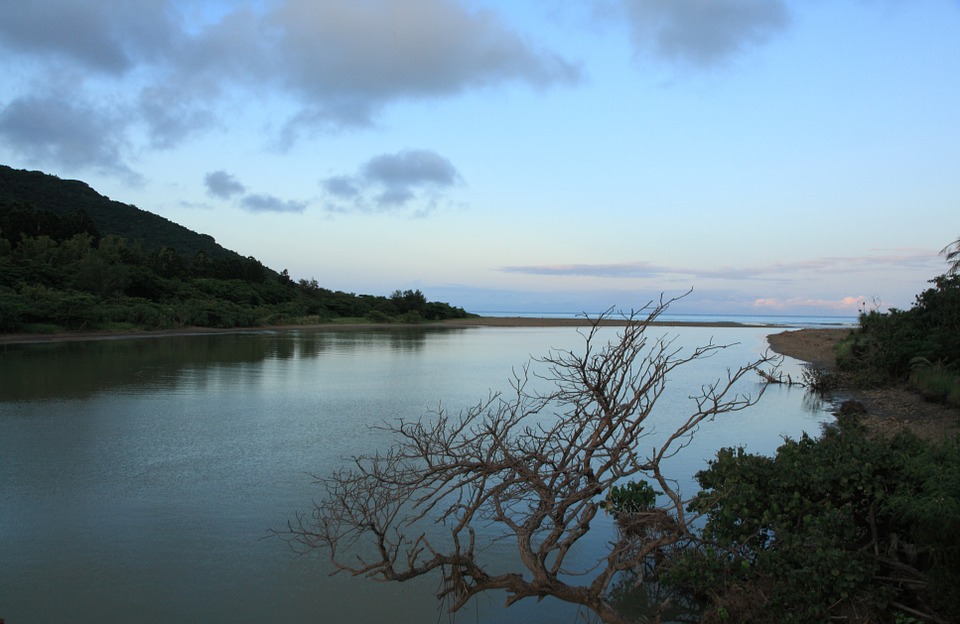戦争を仕掛けた中国になぜ謝らなければならないのだ!
― 「日中戦争」は中国が起こした ―
「史実を世界に発信する会」茂木弘道著(自由社)
第4回: <後編> 日本の対支政策
満州事変後、中国の満州侵入を防ぎ、その反日政策対策のために、陸軍は北支に緩衝地帯を作ろうというという工作を進めました。北支分離工作と呼ばれています。これを日本の中国侵略政策と主張する人が多いのですが、それは実情を無視した見方です。
一つは、なぜ分離工作を行わざるを得なかったのか、ということです。中国軍の度重なる挑発行為、そして国民党政府の反日侮日政策です。日本人殺傷事件も多発しています。
二つは、盧溝橋事件後、通州事件などが起こったにもかかわらず、日本は分離工作を全面的に破棄する内容の「船津和平案」を進めようとしました。もし、侵略を狙っていたのなら、こんなことをするはずがないということになります。
また、上海事変がようやく収まろうという10月27日に日本は英米仏独伊に対して日支交渉のため第3国の好意的斡旋を受諾する用意があることを伝えました。ドイツがこれに対応して、トラウトマン駐支大使が日本提案の和平案(船津案とほぼ同じ)を中国に示しましたが、蒋介石は拒否しました。
こうして日中の戦いは拡大し泥沼化していきますが、その後も日本は10回近く和平の試みを行っていることは蒋介石日記にも記されているとおりです。
日本軍占領地区で日本軍は掠奪どころか、農民救済、教育、技術指導、文化活動まで行っていたのでした。農村救済のリーダーの一人が、有名な指揮者小澤征爾さんの父君の小沢開作さんでした。
「派遣軍将兵に告ぐ」という冊子が1940年4月29日付で、支那派遣軍総参謀長板垣征四郎により布告されています。この中では相互扶助と親睦の親しい交わりを強調するとともに、支那人の伝統と習俗を尊重せよ、呼びかけています。
勝手に中国に入り込み、中国人を苦しめた、などという俗説は実態とは全く異なるものでした。
日本語原文;http://hassin.org/01/wp-content/uploads/China4.pdf
英訳文:URL: http://www.sdh-fact.com/book-article/700/
PDF: http://www.sdh-fact.com/CL/Second-Sino-Japanese-War-Part-3-.pdf
海外には、下記の通り英文で発信しました。
「史実を世界に発信する会」会長代行 茂木弘道拝
http://hassin.org
How China Started the Second Sino-Japanese War:
Why Should Japan Apologize to China?
By Moteki Hiromichi, Acting Chairman;
Society for the Dissemination of Historical Fact
Part 3 – Japan’s Policies Toward China
After the outbreak of the Marco Polo Bridge Incident, Japan tried in vain to make peace with China through a number of peace proposals.
The first one was the so-called Funatsu Peace Plan, proposed on August 5, with the objective of settling the North China Incident. But this initiative was broke down with the killing of Sublieutenant Oyama in Shanghai by the Chinese on first day of negotiations. According to Mao: The Unknown Story (by Jung Chang), it was carried out by crypto-communist Zhang Zhizhong, the commander of the defense for Nanking and Shanghai, in order to prod Chiang Kai-shek to fight the Japanese.
The second proposal was made during the Shanghai Incident. On October 27, the Japanese government notified Great Britain, the United States, France, Germany, and Italy that it was preparing to enter talks with the Chinese government through a friendly, third-party mediator. Germany took up this offer, appointing Ambassador Trautmann as mediator. However, his proposal of the Japanese peace plan was rejected by Chiang Kai-shek. After the fall of Nanking, Trautmann offered a revised peace plan to Chiang Kai-shek. Since he did not respond in a timely manner, Japanese Prime Minister Konoe issued a statement that cut all ties with the Chiang Kai-shek regime.
In response to the Konoe’s third statement, advocating the establishment of a New Order in East Asia, Wang Jingwei broke away from Chongqing government to negotiate with Japan. Wang Jingwei established the Government of Republic of China in Nanking. With the signing of the Sino-Japanese Basic Treaty, Japan recognized the new government and ceded its concessions to China.
Even then, the Japanese government sought opportunities to negotiate peace with Chiang, more than ten times, as Chiang’s diary stated.
Part 3 – Japan’s Policies Toward China
URL: http://www.sdh-fact.com/book-article/700/
PDF: http://www.sdh-fact.com/CL/Second-Sino-Japanese-War-Part-3-.pdf
Questions are welcome.
MOTEKI Hiromichi, Acting Chairman
for KASE Hideaki, Chairman
Society for the Dissemination of Historical Fact
Phone: +81-3-3519-4366
Fax: +81-3-3519-4367
Email moteki@sdh-fact.com
URL http://www.sdh-fact.com
Note: Japanese names are rendered surname first in accordance with Japanese custom.





